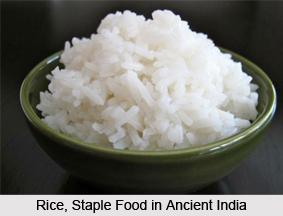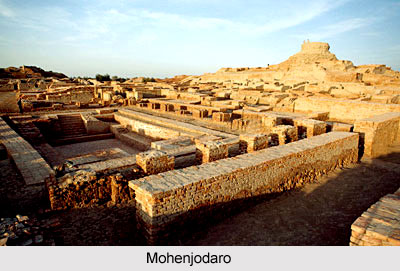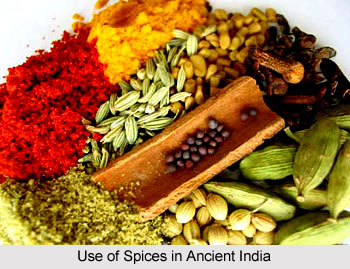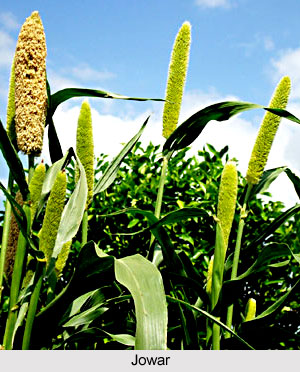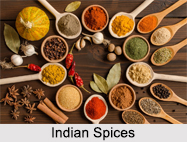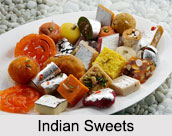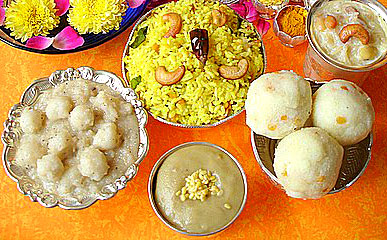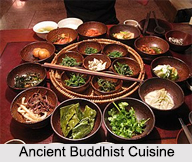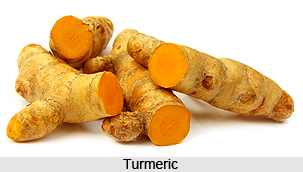Anardana or Pomegranate is a pretty useful large to medium-sized fruit, having several beneficial properties. The fruit is consumed as food, juices, spices, etc. and is used frequently in the preparation of different recipes. Anardana has rich health benefits and helps in curing several diseases.
Anardana is full of nutrients and phytochemicals and the juice or its aril provides a large portion of an adult`s daily vitamin C requirement. The fruit is also a good source of vitamin B5 (pantothenic acid), potassium and antioxidant polyphenols. The richest polyphenols found in Anardana juice are the hydrolysable tannins, also known as punicalagins. The punicalagins have free-radical scavenging properties. They remove free radicals from cells, which helps in maintaining the human cell function intact. The punicalagins are absorbed into the human body and have dietary value as antioxidants. The other important phytochemicals found in Anardana include the beta-carotene. The other nutrients found in Anardana include the polyphenols like catechins, gallocatechins. The anthocyanins like prodelphinidins, delphinidin, cyanidin, and pelargonidin, are also found in Anardana.
The seeds and the pulp of Anardana, named aril is edible and contains the nutrients like energy, carbohydrates, sugars, dietary fibre, fat, protein, thiamine, riboflavin, niacin, pantothenic acid, vitamin, folate, vitamin c, calcium, iron, magnesium, phosphorus, potassium, and zinc. All these nutrients are pretty helpful for human and help in maintaining good health. The pomegranate phenolic extracts are used in many food and dietary supplement products. One of the extracts of Anardana is ellagic acid that may become useable only after the parent molecule, punicalagins are metabolised.
Anardana contains many health benefits, which are useful for treating various diseases. Different parts of Anardana or Pomegranate are used in different treatment methods. Mainly the fruit and seed are used in modern medicinal preparations. The rind and root or bark, are also used in some traditional remedies. Anardana is mainly used for curing the diseases like prostate cancer, prostates hyperplasia, diabetes, lymphoma, rhinovirus infection, common cold, oxidative stress in hemodialysis, atherosclerosis, coronary artery disease, etc. The polyphenols of the Anardana juice aid in repairing wound and in strengthening the immune system. They have an anti-inflammatory effect, as well. Another important benefit of the Anardana juice is that, it can help to slow skin wrinkling. For this property, the fruit has been used as a popular ingredient in anti-aging remedies in both traditional and modern treatment methods. The Anardana juice helps in treating osteoarthritis, by slowing the deterioration of cartilage. It can be effective in increasing blood flow to the heart, and hence, is helpful for patients suffering from ischemic heart disease. It can also reduce arterial plaque.
Another benefit of Anardana juice is that, it can reduce systolic blood pressure by inhibiting serum angiotensin-converting enzyme. The juice can inhibit viral infections and may have antibacterial effects against dental plaque, as well. The polyphenols found in Anardana juice inhibit estrogen synthesis. The pomegranate seed oil can be effective against proliferation of breast cancer cells in vitro. Consuming eight ounces of pomegranate juice daily for three months, can improve the amount of oxygen getting to the heart muscle of patients suffering from coronary heart disease. Long-term consumption of pomegranate juice can help in combating erectile dysfunction, as well. The Anardana juice can be consumed as a liquid and its extracts can be taken as pill, capsule, or powder form.
Anardana has many benefits as a food item. The fruit is fairly difficult and fiddly to peel and eat, and its juicy red `arils` or seed cases need to be separated from the pith by hand. The fruit is usually eaten raw. The entire seed of the plant is consumed raw; however, the fleshy outer portion of the seed is the most desired part. The taste of Anardana juice varies depending on different cultivars of the plant, and also in its ripeness. The taste can be very sweet or sour; however, most types of Anardana are moderate in taste. The wild pomegranate seeds are sometimes used as spice, most commonly in Indian cuisine. The seeds are generally separated from the flesh, dried for 10-15 days and then used as an acidic agent for chutney and curry production. While eating dishes containing them, the Anardana seeds are also crunched to avoid becoming stuck in teeth. The pomegranate seeds are used in salads and sometimes as garnish for desserts, as well.

